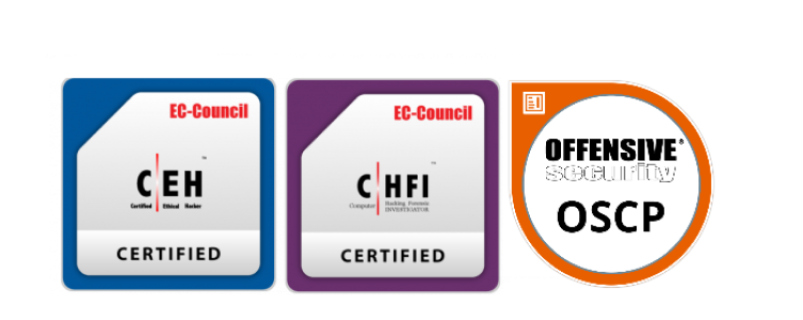Risk Based Vulnerability Management
What is Risk Based Vulnerability Managment?
Risk-based vulnerability management leverages machine-learning analytics to establish connections between the severity of vulnerabilities, threat actor activity, and the criticality of assets. This approach empowers you to prioritise and address vulnerabilities that pose the highest risk to your organisation, while appropriately deprioritising those with lower risk levels. By employing this methodology, you can efficiently allocate resources and focus on mitigating the vulnerabilities that pose the highest risk.
Unlike traditional vulnerability management approaches, risk-based vulnerability management extends its scope beyond mere vulnerability discovery. It empowers organisations to understand vulnerability risks with valuable threat context and insights into potential business ramifications.
Adopting a risk-based approach to a vulnerability management program is crucial to enhance the security of your modern attack surface against threats. This strategic approach enables your organisation to transition from IT and infrastructure focussed to obtaining the necessary tools and resources to more efficiently protect your entire attack surface.
The process behind a robust Risk Based Vulnerability Management program involves 5 steps. These are:
Discover
First, identify and map all of your assets for complete visibility into your computing environments.
Assess
Assses all assets across all of your environments seeking out vulnerabilities, misconfigurations and other security health concerns
Prioritise
With an understanding of the context of your exposures, you can prioritise remediation based on asset criticality, vulnerability severity, and threat context
Remediate
Prioritise which vulnerabilities need your attention first and then apply appropriate remediation or mitigation techniques
Measure
To make better security and business decisions, understand your Cyber Exposure so you can calculate, communicate and compare cyber risks internally and against peer organisations


